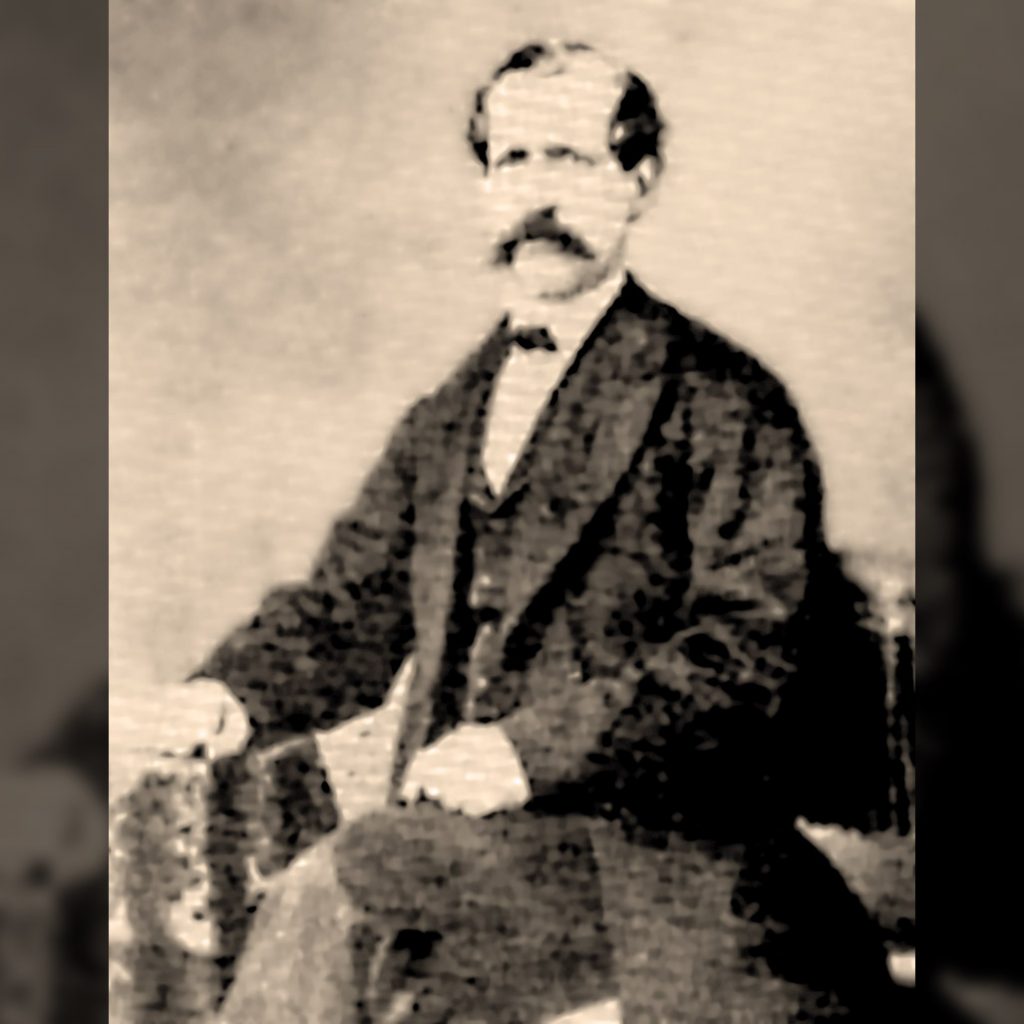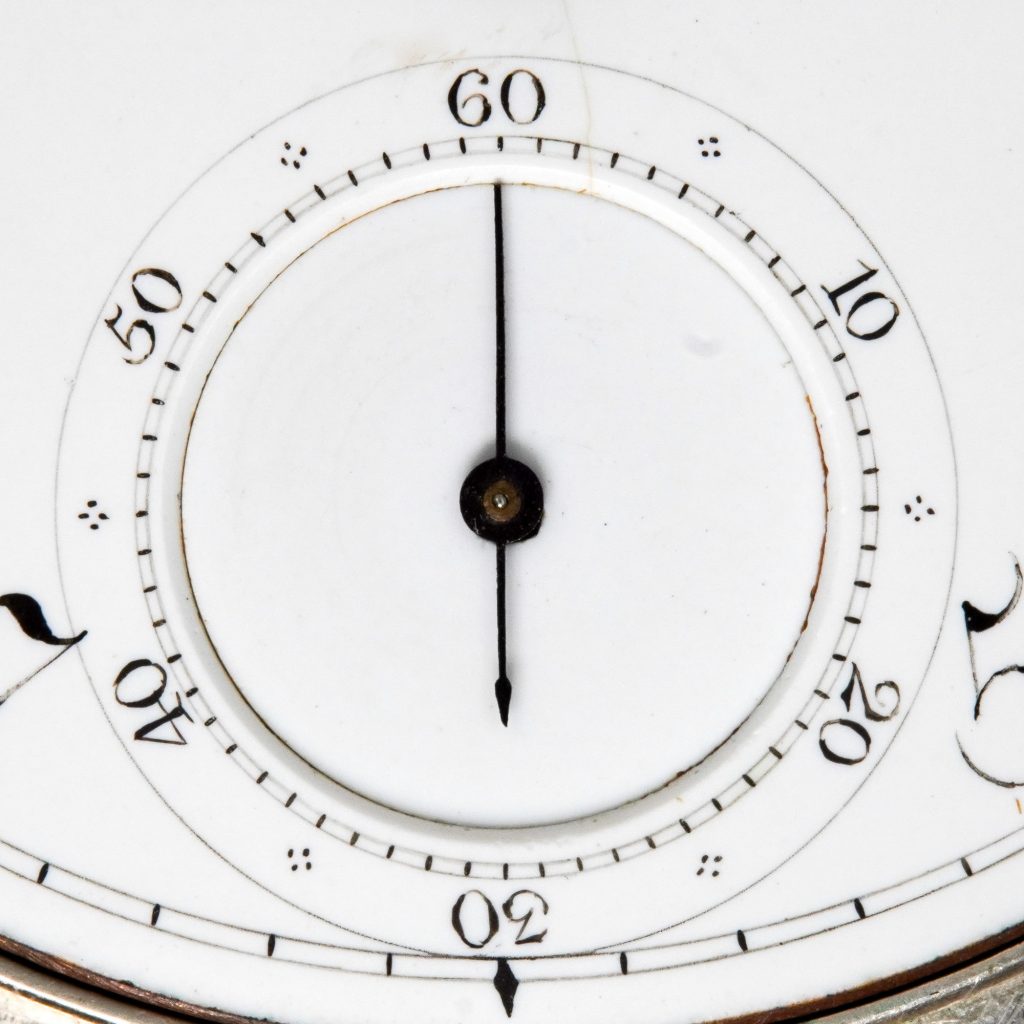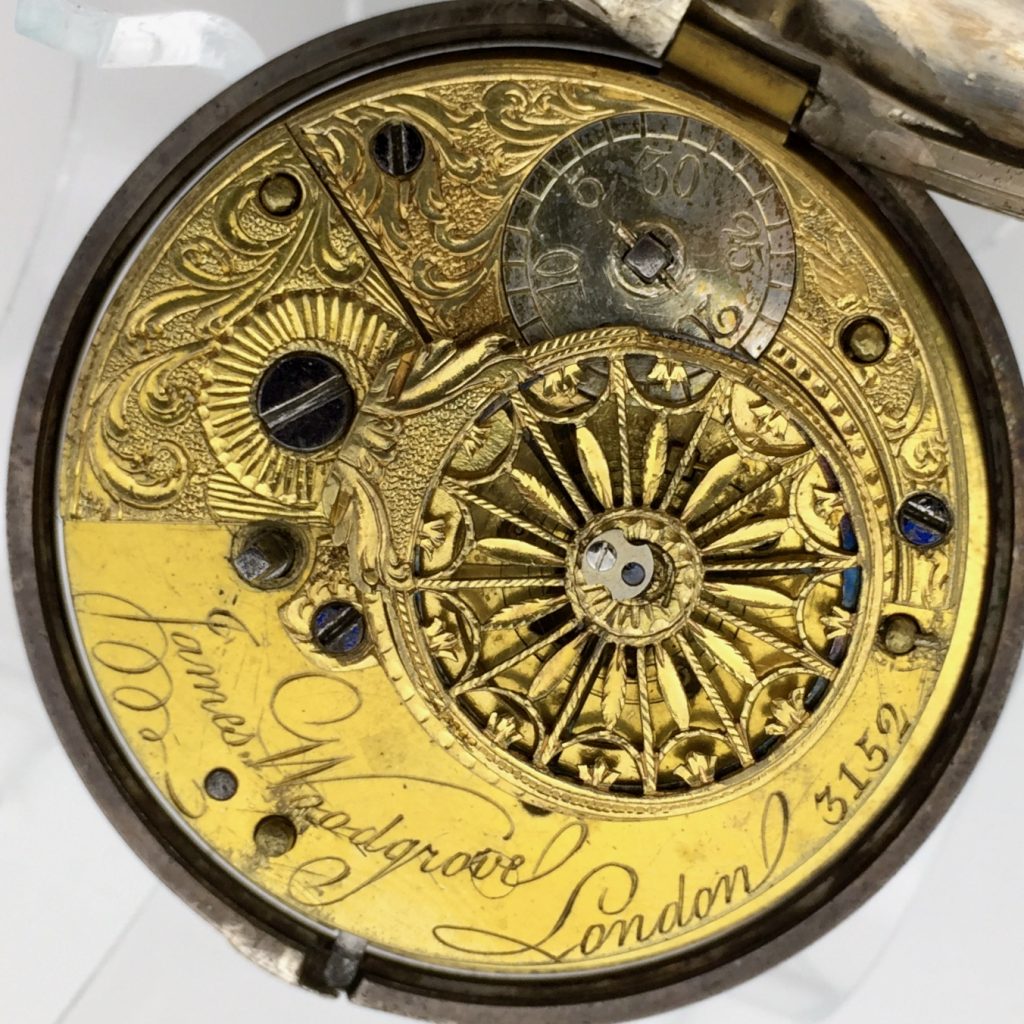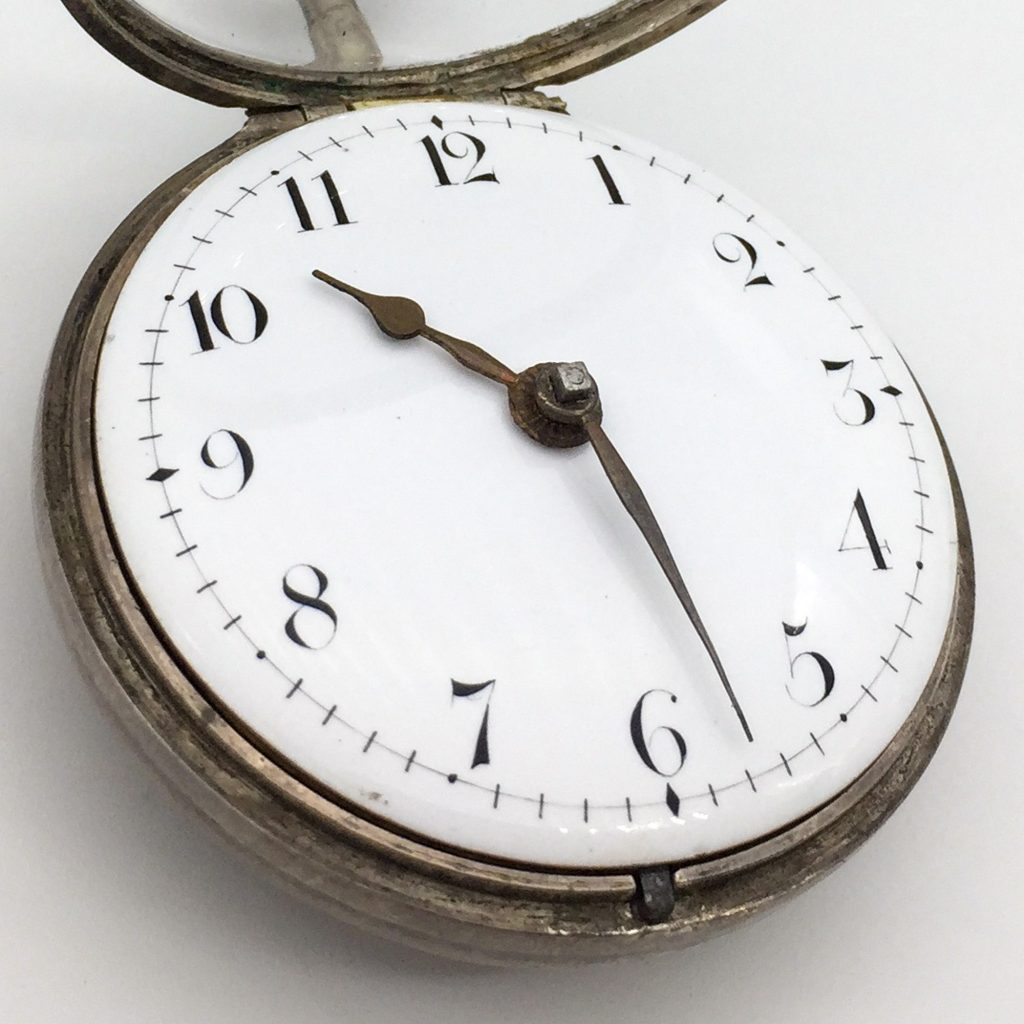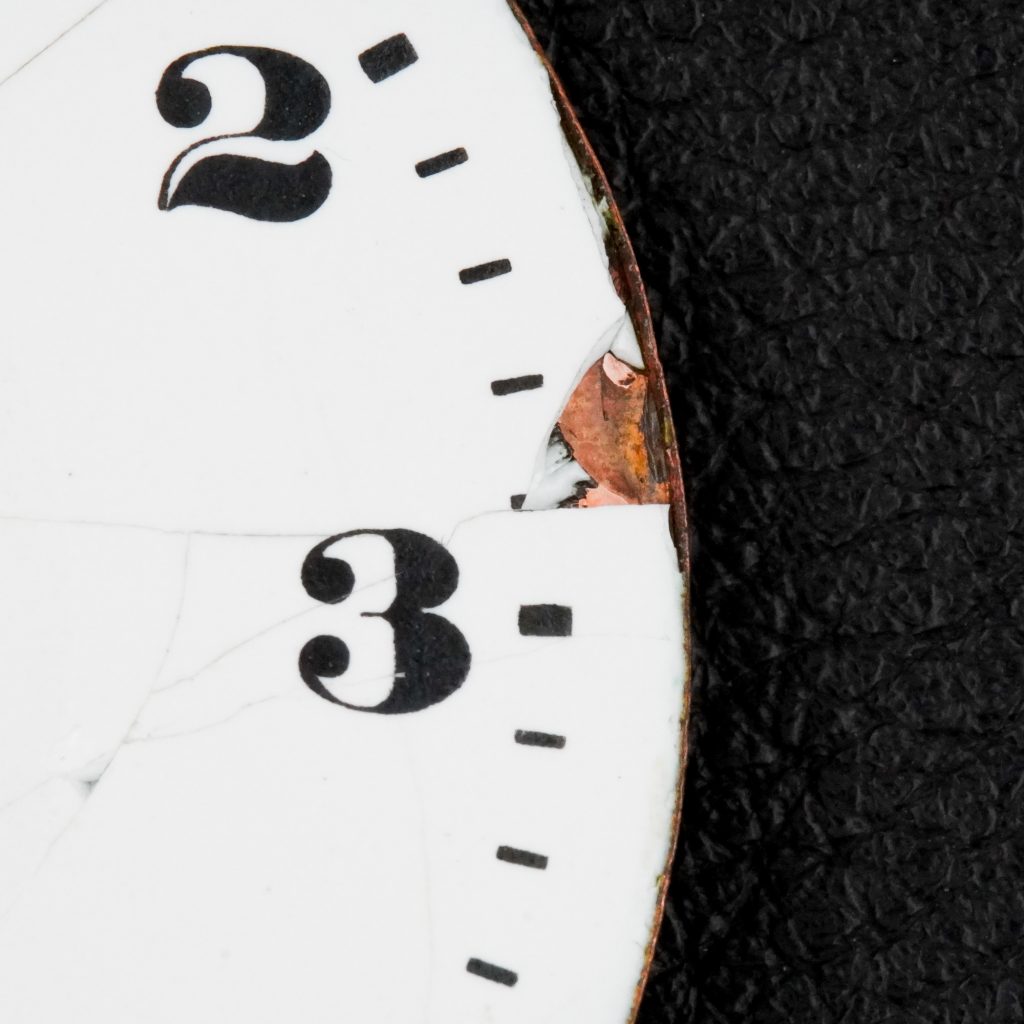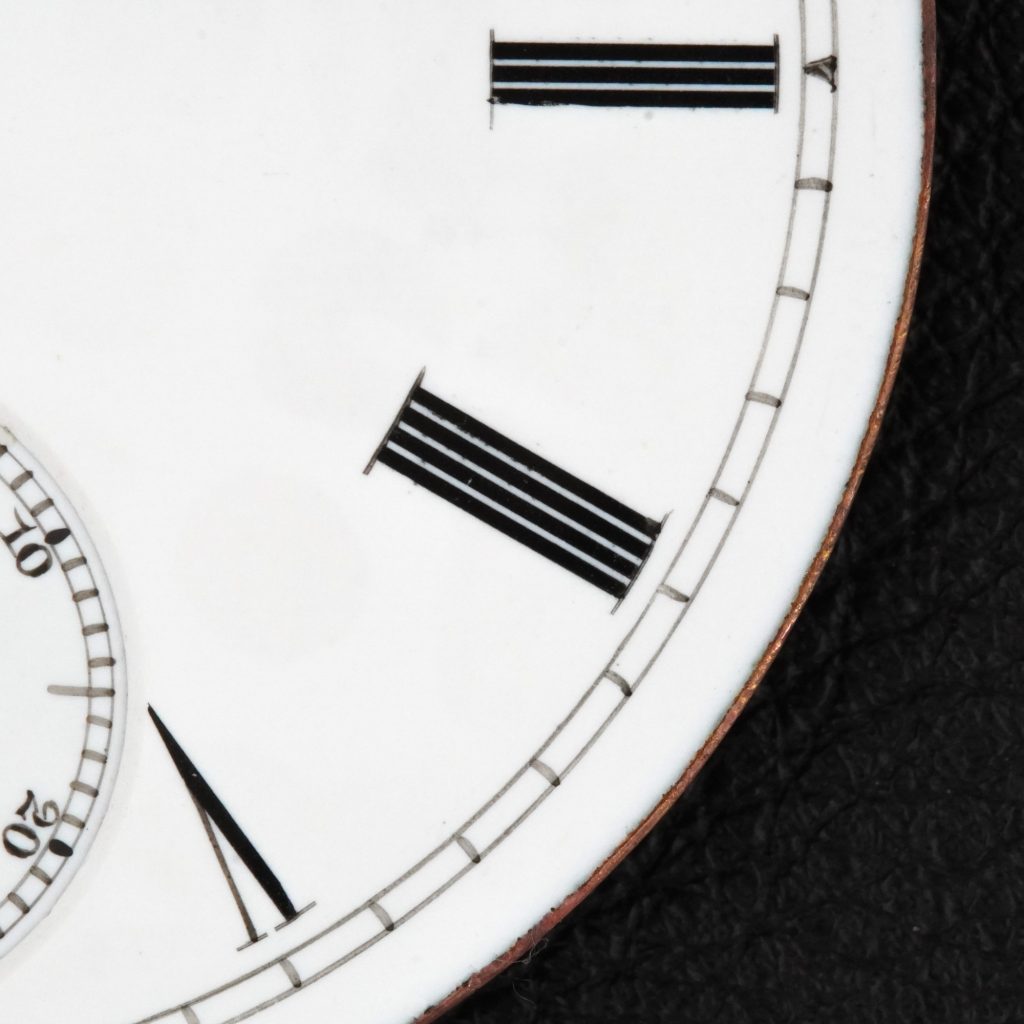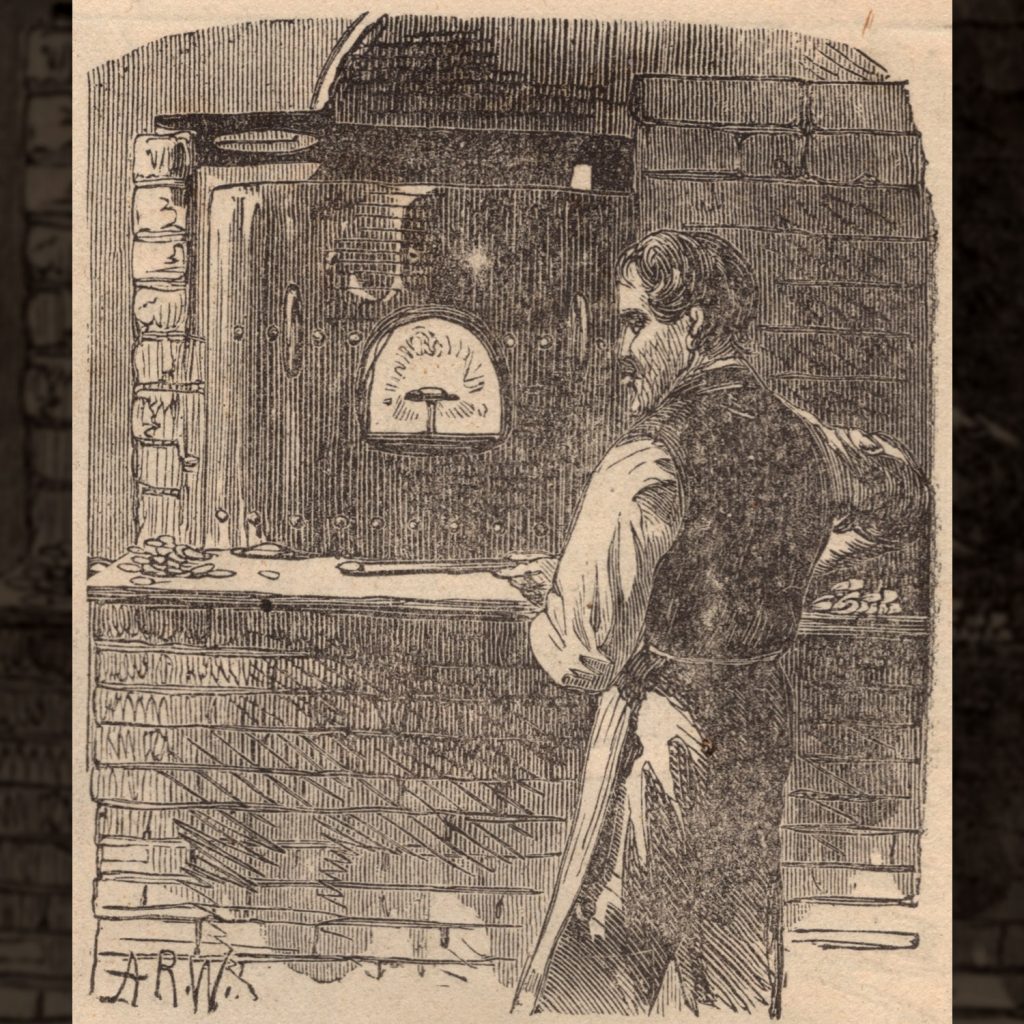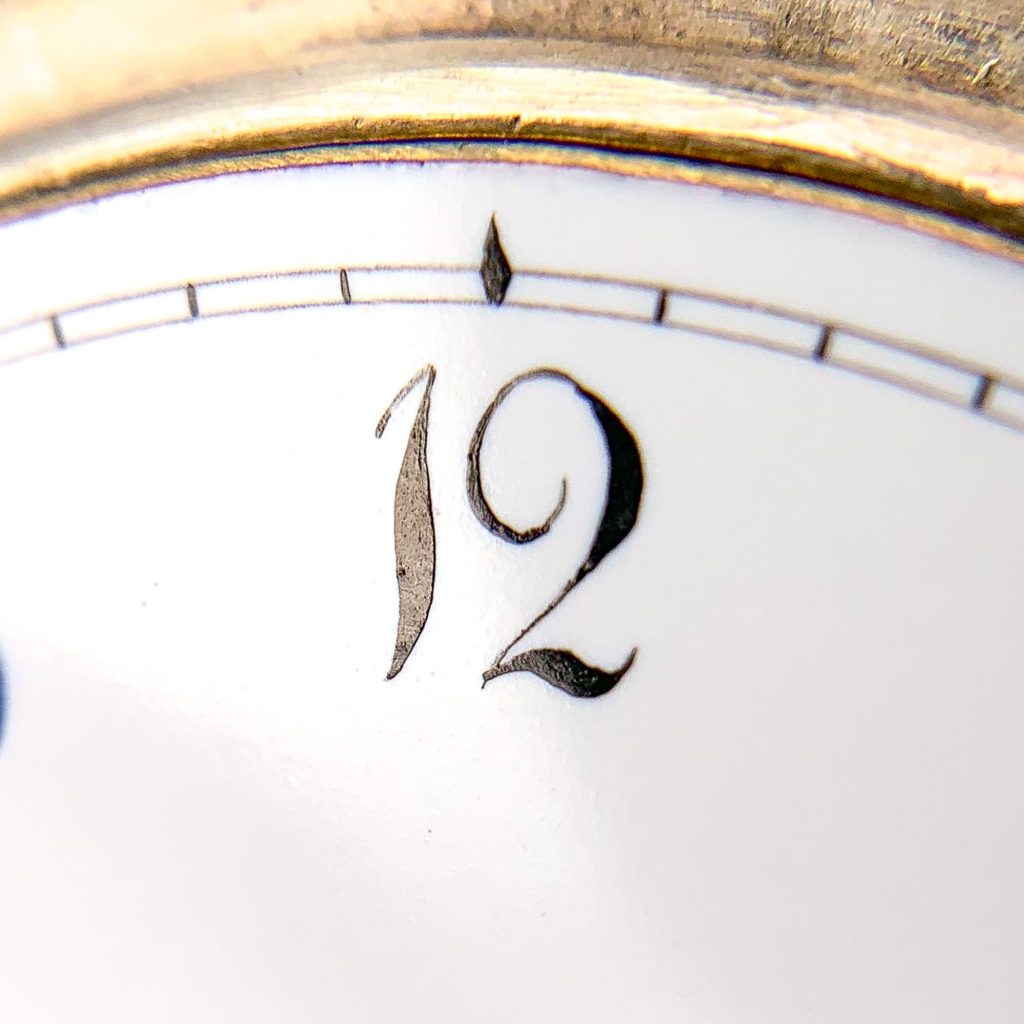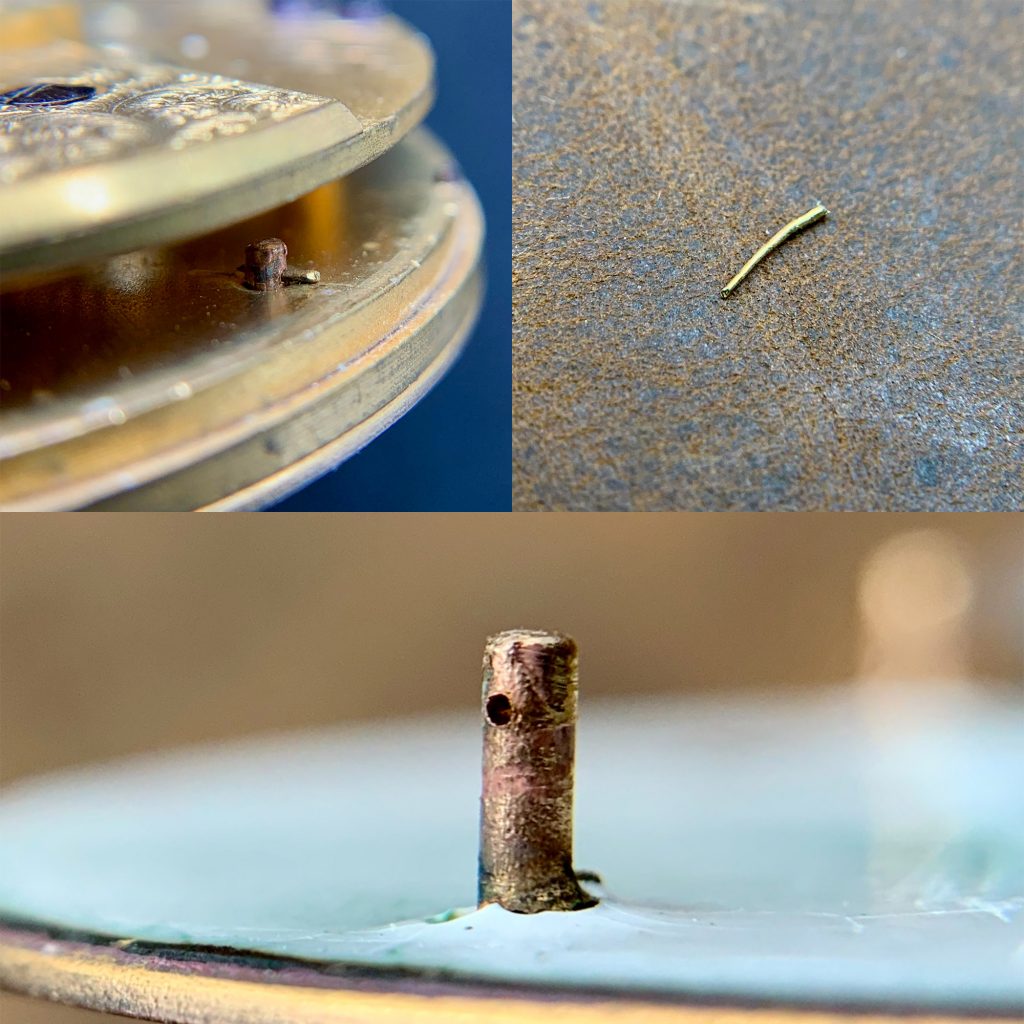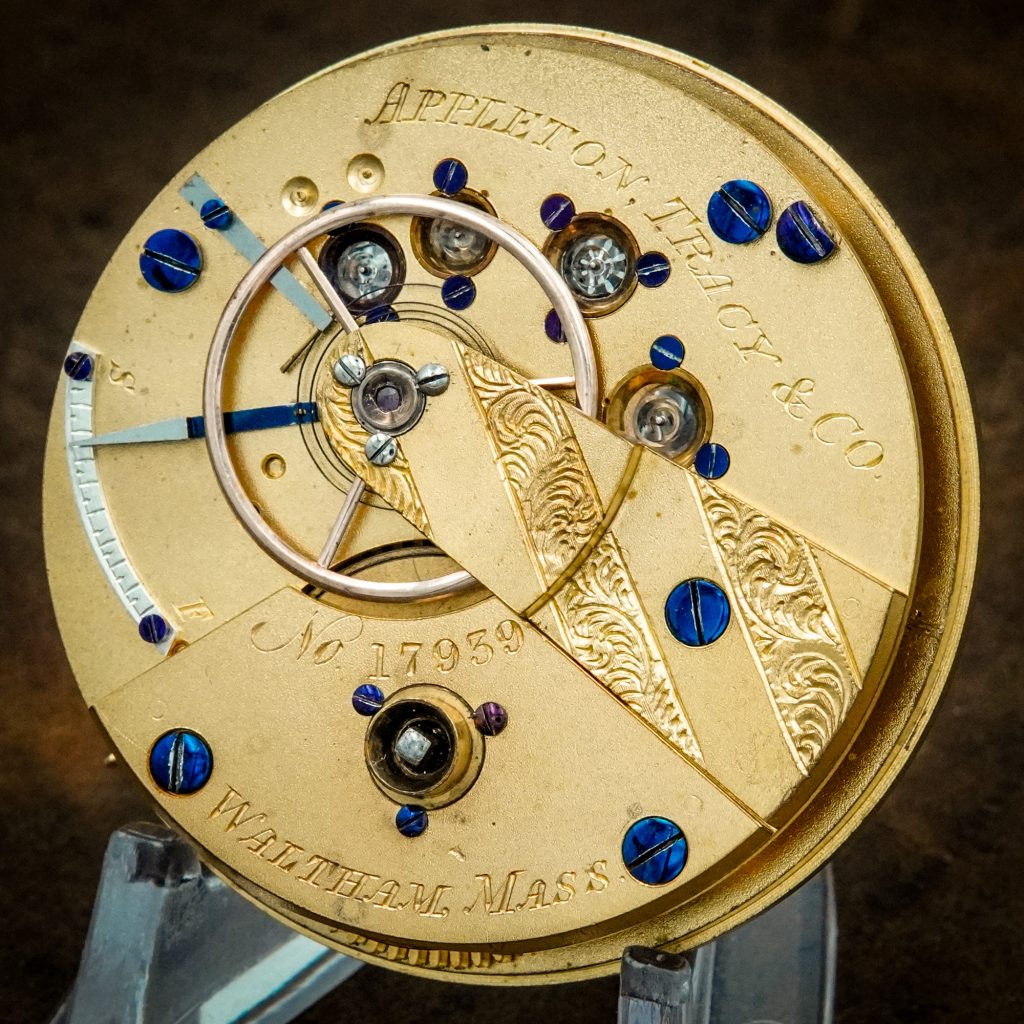History
The first dials manufactured by early American watch companies were flat. Not only was this form easier to produce, but it was necessary due to the enamel recipes being too.
As a slight departure from our study on the progression of enamel dials, this image represents the movement behind the dial posted yesterday. James Woodgrove (London) Pocket Watch Movement Serial.
One of the common inaccuracies made by new collectors is using the terminology “porcelain dial” instead of enamel. While similarities are shared between the two materials, porcelain is a ceramic.
Most watch dials featuring Roman Numerals appear to be in conflict with the standard notation to represent the number “4.” While common convention dictates the use of “IV” to represent.
During the early years of the American watch industry, each dial was meticulously hand-painted, proving to be one of the most time consuming elements in the production process. After the.
Early dials were attached to watch movements using small tapered brass pins. Holes were drilled in the pillar plate to allow the dial feet to project through after the movement.

